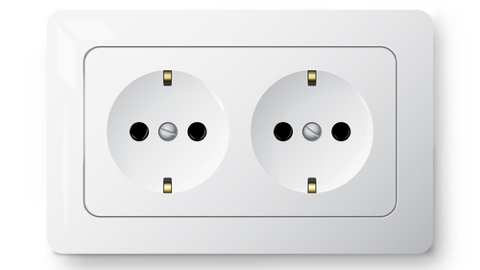
Connected-home devices are projected to grow at an annual rate of 67% over the next five years as more and more people are realizing the potential for cost-savings, convenience, and peace of mind.
Neil Lakomiak, Business Development Manager at UL Building and Life Safety Technologies has pointed out that the future success of smart home technologies depends on solving three challenges: interoperability, usability, and cybersecurity.
- Interoperability – devices and technologies within the smart home must be able to share information and instructions with one another. There are dozens of interoperability protocols today, and no true open platform. Building upon its handset mobile device testing service, UL has begun to establish basic interoperability tests and evaluate the emerging smart home platforms.
- Usability – Consumer data indicates that if a smart home technology cannot be set up within 20 minutes then it will be returned to the retailer. To date, the smart home industry has not agreed to a standard for usability.
- Cybersecurity – As home systems are integrated wirelessly, the dangers of hacking into home infrastructure will grow, potentially compromising safety, performance and reliability. Security protections need to be incorporated into into smart-home products, and should be tested for any vulnerabilities.
“Informed consumers buying smart home systems certified for interoperability, usability and cybersecurity can both limit their own frustrations with set-up and usage but also protect the health and safety of occupants of their smart home,” says Lakomiak. “Meanwhile, manufacturers have an opportunity to get ahead of potential brand reputation damage by solving these challenges now.”


